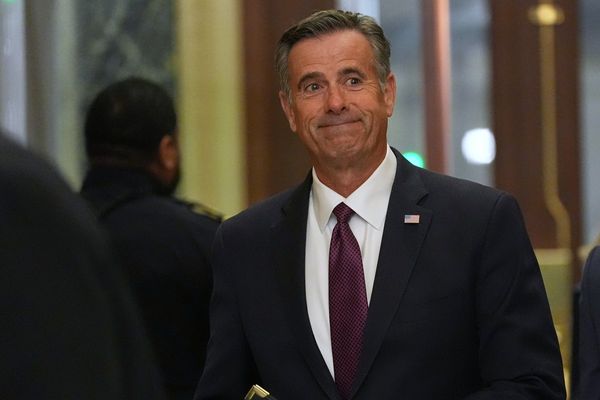
Stealing a page from the competition, Elon Musk found a way to breathe life into his aging lineup of flagship models as new competitors snap at his heels.
The Tesla CEO has unveiled a more affordable version of the S and X he’s calling “Standard Range” that cost precisely $10,000 less than their entry counterparts in the U.S. market, or $13,000 Canadian dollars north of the border.
Lowering the bar for new owners could help Musk ward off rivals like the Mercedes-Benz EQS and the BMW iX and i7, not to mention the Lucid Air and Rivian R1S—all substantially fresher than the 11-year-old S and the eight-year-old X.
Introducing a more affordable variant can extend development time for validating new components. It also requires investments in retooling the assembly line and potentially locating new component suppliers near the factory, which in this case is in Tesla’s Fremont facility in California.
According to veteran EV news site Electrek, however, sources at the carmaker’s service centers confirmed there were no mechanical differences at all when it comes to building the new Standard Range entry line compared with the base Model S and X.
Tesla has confirmed that the new 'Standard Range' Model S and X are indeed Long Range vehicles with software-locked battery packs.
— Fred Lambert (@FredericLambert) August 15, 2023
About 21% of the capacity is locked.
Tesla advisors are giving mixed answers on unlocking the capacity in the future, but I think Tesla will… pic.twitter.com/UriQF23Y5j
They are precisely the same save for one crucial difference—software. And oddly enough this time, Musk is copying some of his incumbent rivals, rather than blazing his own trail.
Diesel-car makers in particular have often created a broader range of available engine output levels offered at different prices without altering the basic mechanical design by calibrating the turbocharger through software.
That’s why a whole market has sprung up devoted to unlocking greater performance through programming code, the so-called chip-tuning scene.
Tesla ‘leaving money on the table’—for now at least
Tesla is taking a similar approach. The more affordable S and X vehicles are limited in the distance they can be driven on one charge through a change in software as well.
Less than 80% of their battery pack’s available storage capacity is usable; the rest is locked away to justify asking a higher price for what is now effectively the premium version.
This means the new Model S Standard Range full-size sedan, which retails at $78,490, only manages 320 miles rather than the 405 miles the Model S achieves on paper, according to Tesla’s own website vehicle configurator.
Its SUV counterpart—the Model X Standard Range, which debuts at $88,490—offers 269 miles instead of the usual 348.
Both versions furthermore are slower off the blocks when making the sprint to 60 miles per hour from a standstill.
Financially speaking, the decision entails costs. Battery packs are the single most expensive part of an EV thanks mainly to the price to procure battery-grade metals like lithium, nickel, cobalt, and manganese.
By selling two different versions with the exact same bill of goods, and charging $10,000 less for one over the other, Tesla is “leaving money on the table,” as Electrek pointed out on Tuesday.
But Tesla always has the option of recouping the cost down the line by selling an over-the-air software upgrade that unlocks access to full battery—either to the original customer or, as a used car, to the next one.
In the meantime, Musk can benefit from a larger pool of potential buyers that may now look to drive off in one of his new Standard Range Tesla cars.







